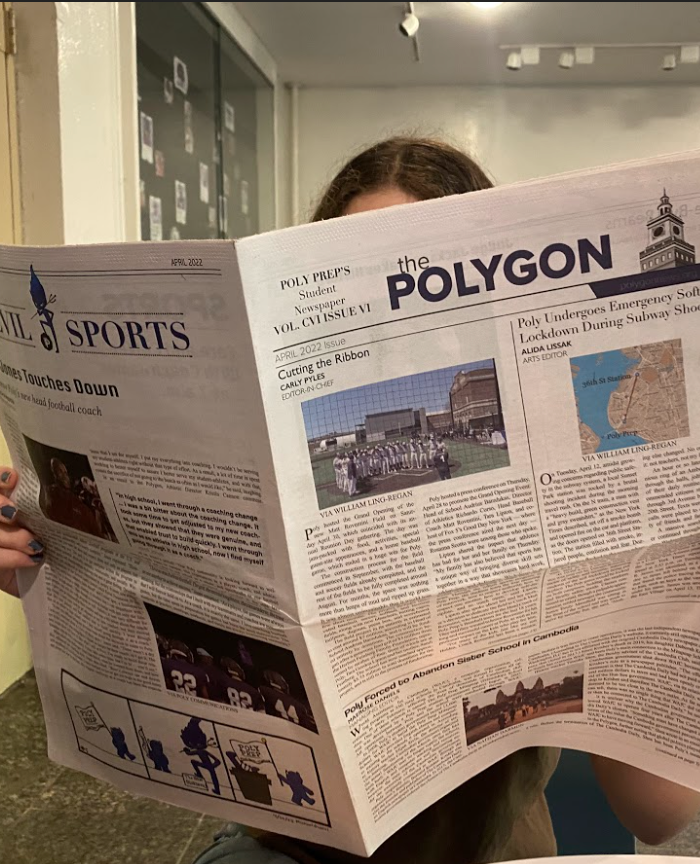Everyday Innovations: The Media
Introduction:
For thousands of years people have gotten information through the news. It is a source where people communicate interesting and pressing information across the world, distributing knowledge very quickly. People today get their news from many different publications and in many different ways. From public announcements, to live broadcasts, paper prints, news has been and continues to be consumed in many different ways. What will news look like in the future?
Origins:
The first ever recorded “newspaper” was from 59 B.C.E. This ancient Roman newspaper, called “Acta Diurna,” was a stone or metal board that had messages and information carved onto it daily. Stone and metal inscription had been used for quite some time, but this was the first recorded daily publishing of information. This tablet acted as an information board placed in a popular area, similar to today’s newspaper stands. Jumping forward to the 1400s, printing evolved in various ways across the world. The main purpose of printing at this time was to produce religious texts. The first actual newspaper made from a printing press was “Relation aller Fürnemmen und gedenckwürdigen Historien” (Account of All Distinguished and Commemorable News), which was published by Johann Carolus in Germany in 1609.
Today:
Currently, the World Association of Newspapers recognizes about 18,000 newspapers in 102 countries. Despite these numbers, newspapers are not even the most common way people consume news. In a recent study by the Pew Research Center, sixty percent of people get their news through a digital device.. This is a much greater percentage than the ten percent of people that get their news through a print publication. Other ways people consume media include the television and radio, at forty and sixteen percent respectively. Another study by Pew Research revealed that in 2020, thirty-nine percent of newspaper revenue came from digital circulation, more than double the seventeen percent it made up in 2011. It is clear that today, the media is shifting to a digital format, which includes not only sources provided directly by publishing companies, but also social media. Now, various forms of social media are popular news sources. What will become of it?
Future:
Looking ahead, there does not seem to be an answer to the question of how to regulate the online world of news, particularly on social media. The line between freedom of speech and false or misleading information often gets blurred with people posting blatantly untrue information, an issue that needs to be confronted. In this new world of social media, there are a few proposals for a solution. One argument is that people simply need to be more informed and become better critical thinkers, which partly requires a better education. This seems to be the most concrete solution.
Other solutions involve fact checkers or changes in federal laws. While legal action might have a more immediate impact, it would almost certainly infringe on the First Amendment. The First Amendment states that generally, a person cannot be held liable criminally or civilly for anything they write or say — as long as what the person is saying is the truth or an honest opinion. What would make regulation so difficult is that people can technically share whatever opinion they please as long as it isn’t a hate crime or another form of directed violence. Even then, someone may get away with claiming their intention was not to cause violence.
While it is possible to regulate people on social media, very few — if any — companies take the risk of possibly infringing on an individual’s rights. One controversial example of this is how Twitter has banned Donald Trump on their platform. With very little regulation on what is published online by individuals or private entities, groups of people can isolate themselves to hearing only the news that supports their belief. As a result, it is difficult for many people to be aware and open to different perspectives.
From the times of ancient Rome to the future, the idea of news being able to share information hasn’t changed very much. The main thing that has changed is who is able to publish news, which has become much more free to almost any individual in the U.S. The change from only governing bodies being able to publish news to any individual, though it certainly has faults, seems to be a step forward.

TJ Iannelli is one of the Managing Editors for the Polygon. A member of the Polygon for three years now, TJ has been a staff writer and Opinions Editor...


























